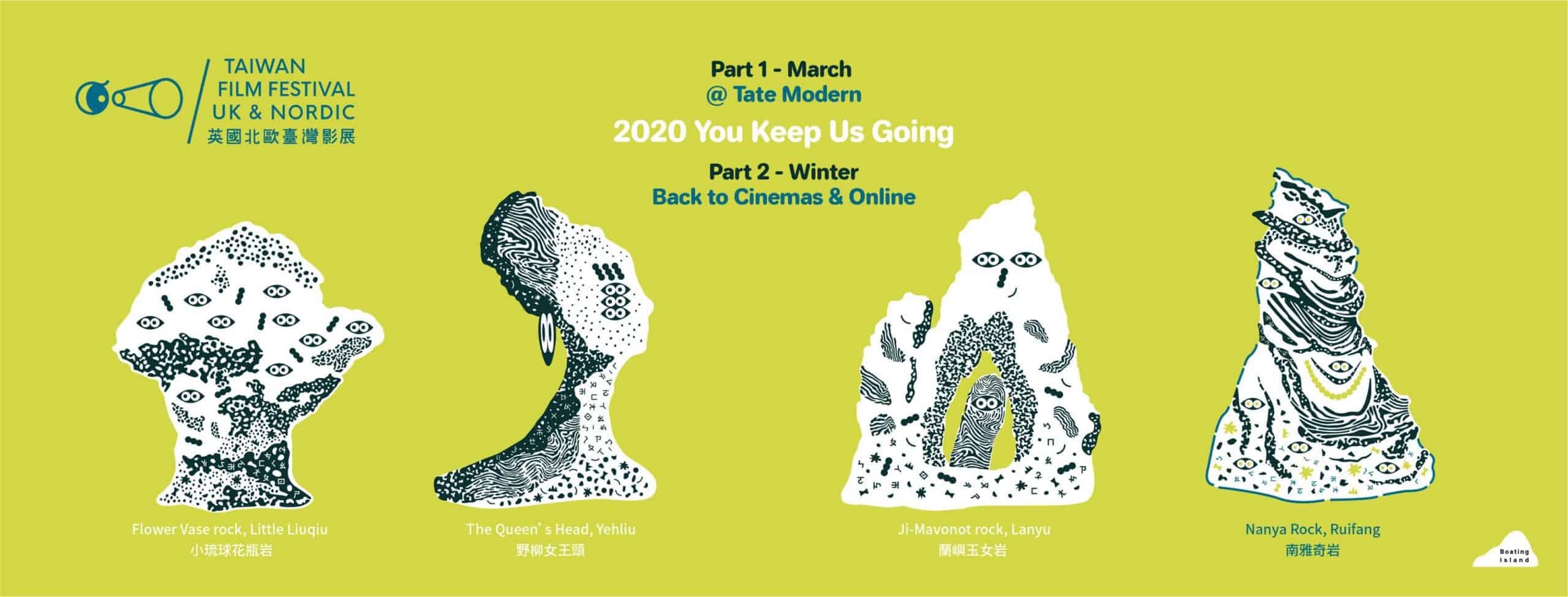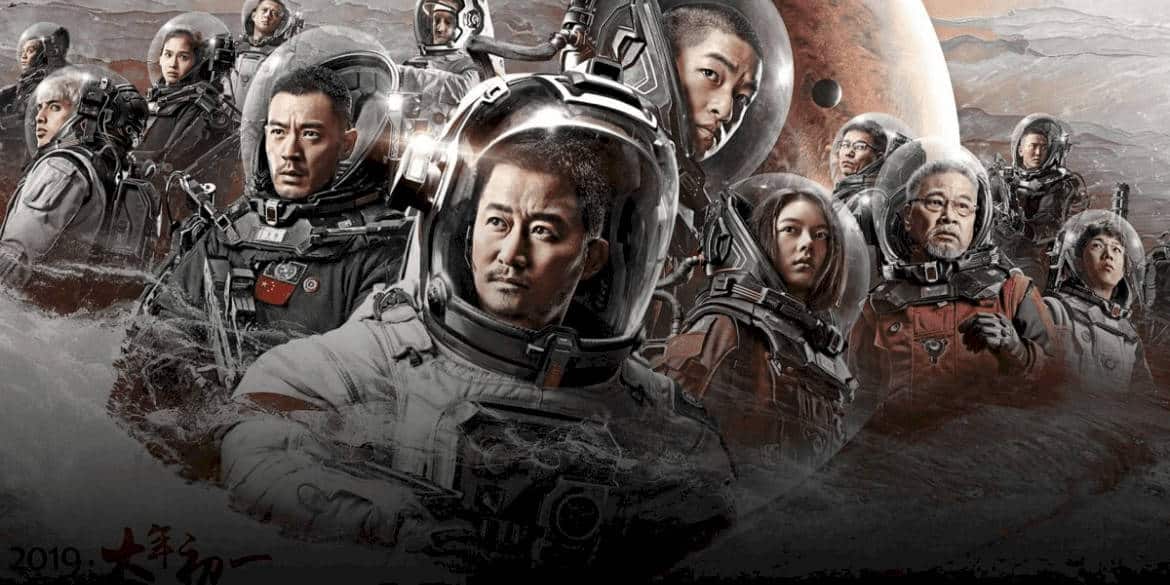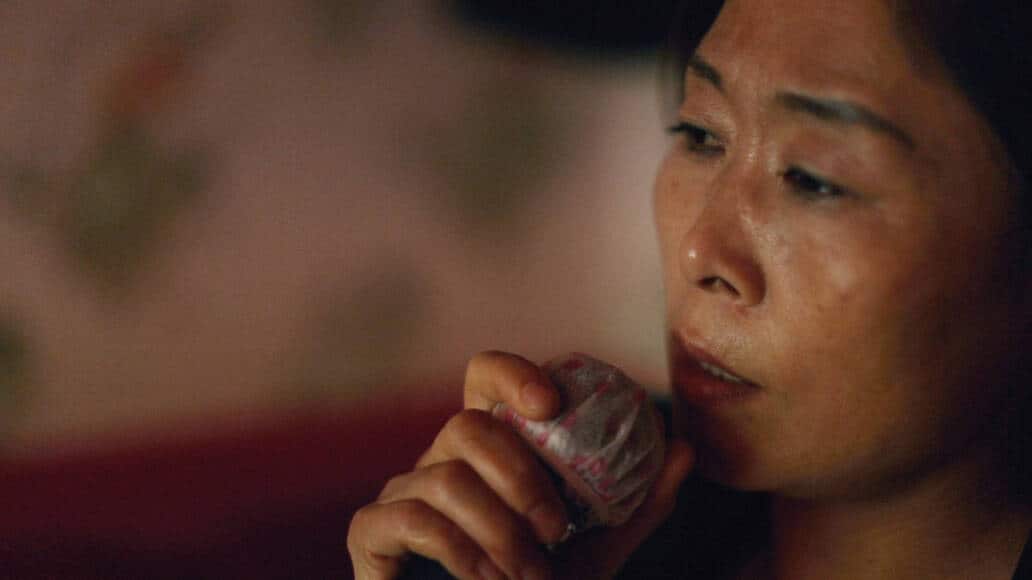Ivvy Chen is a Taiwanese animator and Illustrator based in London. Her animated short film “Isle of Chair”, that was released earlier this year, has been selected for prestigious animation festivals such as the Encounter Film Festival. It won awards amongst which the Silver Award, at the Independent Shorts Awards and Best Animation at the Eurasia International Film Festival. In “Isle of Chair” Ivvy Chen tackles difficult questions in an imaginative way, but the double layers result in a that film can captivate a wide audience.
“Isle of Chair” is screening at Taiwan Film Festival UK

“Isle of Chair” is set on a secluded island, in an environment that alludes to human presence but yet we don't encounter them. What we do see are chairs, loads of them, scattered around the island. Different types of chairs feature in the places where they are normally used: such as a lecture hall, a dining room and a library. Apart from the chairs, it features a white giant that rearranges the chairs as if he is left to care for them. But, even the giant cannot prevent a storm upsetting the quite isle.
At first sight, the story seems to meander on, being more poetic than narrative, but when looking closer, it becomes clear that there is more than meets the eye. Ivvy Chen often uses chairs as a metaphor for human beings, for instance in a series of illustrations linking types of chairs to different characters and emotions. This attention to the mental state of humans is underlined by the opening quote that is taken from Haruki Murakami‘s novel “Norwegian Wood“. As a result, the film not only poses questions about mental illness but also about purpose. When showing chairs that are no longer used, questions arises about their function: What is it that makes a chair a chair? Its function? And if so, when no longer used, do they lose their functionality and their identity? In line with this we can ask the same questions about humans: What happens to people that, as a result of a mental disorder, can no longer function in society as they did before? How do we perceive them? But also, how can we help them?
The design of “Isle of Chair” recalls vintage posters, but the subtle monochrome coloring gives it a charm of its own. For the most part, the color pallet is blue and purple and a bit bleak, but when the giant cares for the chairs, Ivvy Chen uses warmer colors. The animation is 2D and hand drawn, it is very stylized and looks deceivingly simple. Many shots hardly have movement in them which works extremely well combined with the slow pace of the story. This approach emphasizes the loss of function of the chairs as well as the despondency for people with mental problems. This perception is enhanced by the implied circularity of events.
The sound design, as the rest of the film, combines feeling with practicality. While the music is atmospheric and brings emotions to the scenes, the sounds help us to understand the island. The sounds we hear are all part of this world: sounds of nature, such as a breeze or of flying birds, sounds linked to the chairs and their former purpose such as footsteps or the turning of pages and the actions of the giant. When combined, the intensity of sound and music sets the mood for the scenes from contemplating and quiet, to frighting and gloomy.
The message that “Isle of Chair” conveys is a dual one. On the one hand it shows that trying to keep everything in order and balance (as the giant does when rearranging the chairs) will not prevent the loss of control. But it also implies that not all is doomed, as long as people have someone to look after them when they need that there is hope of brighter days ahead which is visualized in the light breaking through after the storm.















